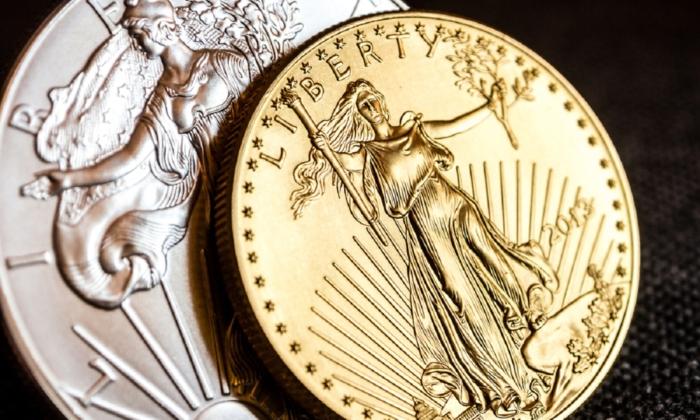You may be curious about how the gold market fluctuates or how its price is determined. Or how a spot price works with the futures market. So, what do spot prices mean for gold, and how does it work?
Defining the Spot Price of Gold
The spot price for gold is the current price being sold on the day and time of the transaction, although individuals can’t buy gold at a spot price. However, you can try to buy near its spot price. Gold prices are determined per ounce and quality; some get spot prices confused with futures prices.Many factors can affect the spot price of gold, such as the currency’s value, market speculations, fluctuating gold futures, current global events, and the demand for gold. Spot prices update each minute worldwide and will update by the given time zone. Major world markets like China, New York, and London will see these changes as they come.
Spot Price Determination
How are spot prices determined? Surprisingly enough, it depends on the futures contract with the highest volume, and it can be in the current month or a few months ahead.For a hypothetical example, let’s say apples cost 10 cents per ounce today. If we were to examine the futures contract for apples, the cost of apples per ounce might be about the same price in the current month of April. If we look at the futures for June, we see the cost at about the same as April. A few months later, we noticed that the volume was the highest in August, so that this month would determine the spot price.
There’s more activity in August, so that it would be considered the spot month.
- Contango, which is the lowering of futures prices to meet low spot prices, and
- Backwardation, which is the rising of futures prices to meet high spot prices.
What Does Determining the Spot Price Mean for Gold?
Determining the spot price for gold doesn’t mean you can purchase it for the amount, but it helps you project the market trends for gold’s value, providing long-term investment opportunities. After multiple months of any given year, you can see how the market fluctuates from contango to backwardation, helping you establish the right time to buy. In essence, the spot price doesn’t directly affect the investor; rather, it affects the accumulation of market trends and fluctuations throughout a given time.Changes in Spot Price
As mentioned above, there are many reasons for the spot price of gold to change or the fluctuation of contango and backwardation in futures. But what exactly changes the spot price of gold?Gold prices can vary for specific global reasons, like the economy, U.S. Federal Reserve activity, international political news, gas and oil prices, and supply and demand. Just like with every commodity around the world, gold experiences stagnant periods of slight movement or periods of more movement and activity in the market.
What Should You Look for When Investing in Gold?
Once you understand how spot prices of gold work, how can you determine the best route to purchasing it? Should you observe the long-term directions gold’s been going in or the short-term spot price trends? The truth is, you should be following both.If you’re looking to trade gold, check with the spot prices to see when your next move is. Even though you can’t buy from the spot price, it’s crucial to consider how these prices fluctuate daily to understand their market value. Don’t let the fluctuation in spot prices intimidate you when investing in precious metals, such as gold.
If you’re looking to invest in gold for investment growth, it’s best to observe the long-term trend in gold. Although you should always consider the spot pricing of gold, keeping up with the long-term market trends will give you a better feel of the market history. Over time, gold prices will fluctuate just as other commodities do on the market.





